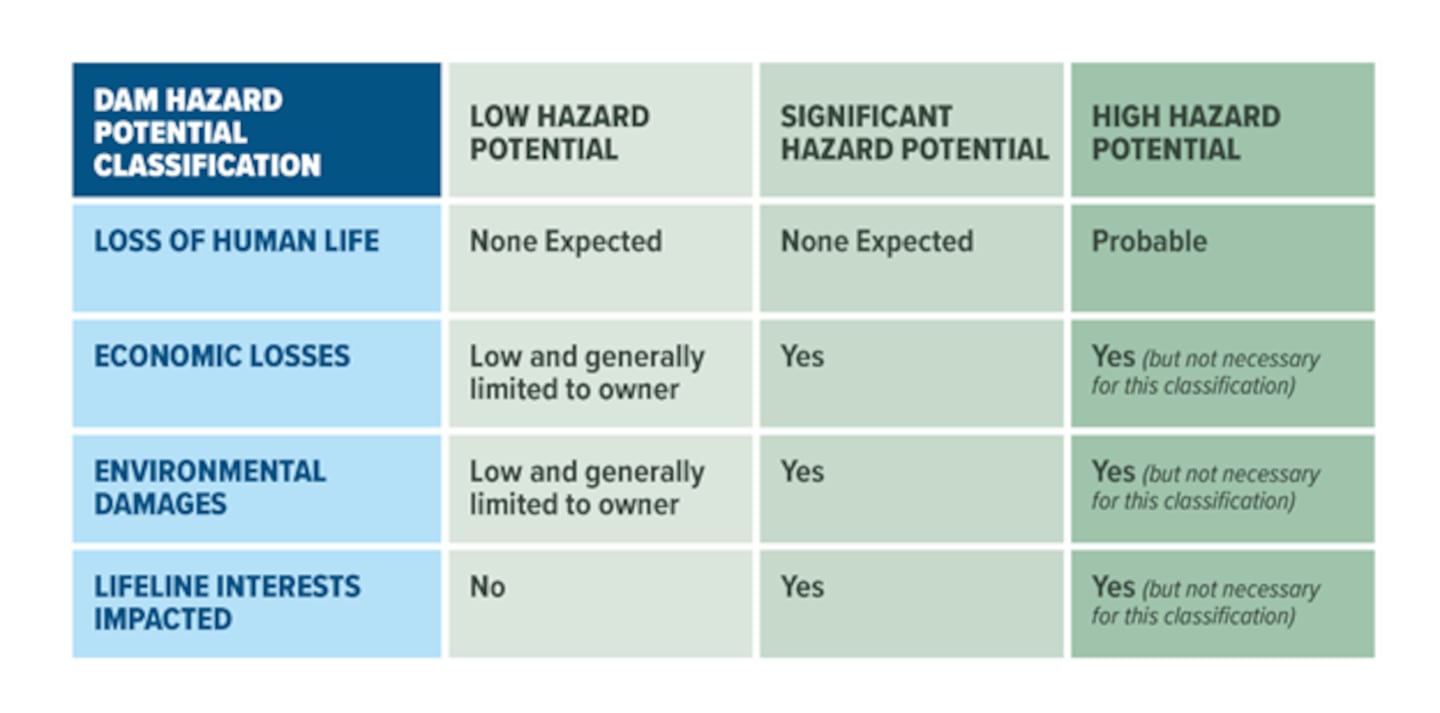NORTH CAROLINA — When Tropical Storm Helene brought massive rainfall to western North Carolina, it highlighted just how dangerous dam failures can be.
As the storm closed in on North Carolina Rutherford County Emergency Services announced the threat of imminent failure of the Lake Lure Dam and ordered evacuations of the area. Although the dam held and officials rescinded the risk of failure warning, flooding still caused devastating damages -- and it could have been worse.
Towns were devastated as floodwaters destroyed businesses, roads, and homes.
The Lake Lure Dam is located in what is called a “high-hazard area,” which means there is a serious potential for loss of human life if the dam were to break. It’s not the only one either, there are more than 16,000 high-hazard dams across the country, all of them with deadly potential.
In North Carolina, 205 dams are deemed to be in either poor or unsatisfactory condition located in high-hazard areas.
That number puts North Carolina at the top spot in the country as the state with the highest number of dams meeting this criteria. About 2,500 dams across the nation meet the same criteria, according to data from the U.S. Army Corps of Engineers National Inventory of Dams.
“Water is four to five feet below normal pool and things are stable. The town with their engineer will start implementing temporary repairs to the left abutment as soon as Monday,” according to the North Carolina Department of Environmental Quality’s latest update.
Before the storm, the Lake Lure Dam was rated as ‘fair,’ and had a high-hazard potential.
High-hazard potential areas are areas where if a dam were to fail, the risk of death is probable. Significant hazard dams are not expected to cause loss of human life, but would still have impacts on the environment and economy in the event of failure.
NID Condition Ratings
The USACE rates the conditions of dams across the country as, satisfactory, fair, poor, and unsatisfactory. The following definitions better explain what each rating means.
- Satisfactory – No existing or potential dam safety deficiencies are recognized. Acceptable performance is expected under all loading conditions (static, hydrologic, seismic) in accordance with the applicable regulatory criteria or tolerable risk guidelines.
- Fair – No existing dam safety deficiencies are recognized for normal loading conditions. Rare or extreme hydrologic and/or seismic events may result in a dam safety deficiency. Risk may be in the range to take further action.
- Poor – A dam safety deficiency is recognized for loading conditions that may realistically occur. Remedial action is necessary. A poor rating may also be used when uncertainties exist as to critical analysis parameters that identify a potential dam safety deficiency. Further investigations and studies are necessary.
- Unsatisfactory – A dam safety deficiency is recognized that requires immediate or emergency remedial action for problem resolution.
Use the map below to find dams in North Carolina with high-hazard potential and poor or unsatisfactory ratings, according to USACE data.
(VIDEO: Chopper 9 flies over Helene’s damage in Charlotte, western NC)
©2024 Cox Media Group











